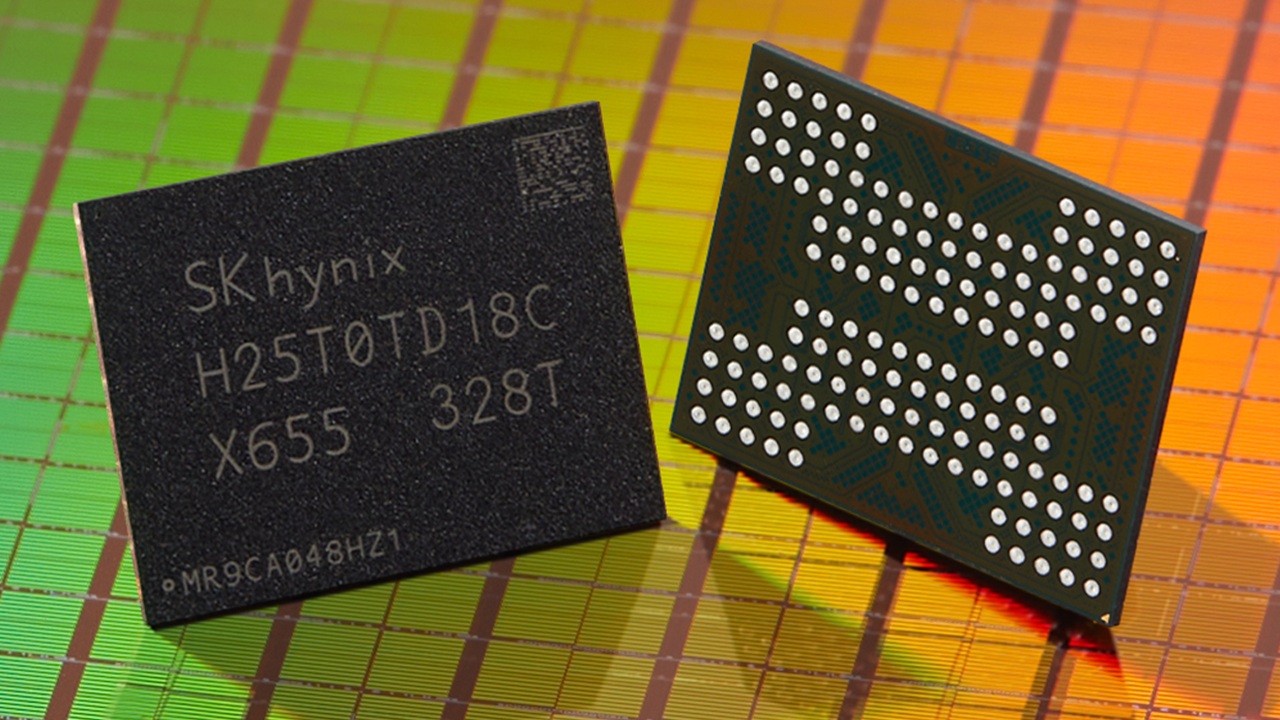
SK Hynix late on Tuesday demonstrated its 321-layer TLC NAND memory at the Flash Memory Summit 2023. This new type of flash is going to enter mass production in 2025, but the company is already showing it off to demonstrate that it is ready for the future.
The demonstrated memory device has 1Tb capacity (128GB) and 3D TLC architecture. SK Hynix says that the 321-layer memory IC features a 59% improvement in productivity compared to a 512Gb 238-layer 3D TLC device, which indicates a tangible storage density increase. Meanwhile, the company does not disclose how it produces 321-layer NAND memory as well as approximate per bits costs compared to previous-generation nodes.
If SK Hynix's lowest-capacity 321-layer NAND device can store 128GB of data, then it is reasonable to expect premium devices to feature larger capacity and enable SSDs with capacities way larger than what we have today.
SK Hynix yet has to disclose how it has managed to achieve 321 active layers. While it is more than likely that the company used string stacking technique that places one or more 3D NAND devices on top of each other and connects them, the question is whether it stacked two or more 3D NAND devices on top of each other.
Traditionally, SK Hynix labels its multi-layer NAND memory as '4D NAND' as it uses CMOS under Array (CuA) architecture that places NAND logic under the 3D NAND memory cells array to reduce die size and costs. Meanwhile, similar layout is also used by Micron, which uses the term '3D NAND.'
Speaking of NAND logic, it is noteworthy that SK Hynix did not share interface speed supported by its 321-layer NAND memory, possibly because it is too early to set them as the company only plans to start mass production of such flash sometimes in the first half of 2025.
"With another breakthrough to address stacking limitations, SK hynix will open the era of NAND with more than 300 layers and lead the market," said Jungdal Choi, head of NAND development at SK Hynix, said during a keynote speech. "With timely introduction of the high-performance and high-capacity NAND, we will strive to meet the requirements of the AI era and continue to lead innovation."







